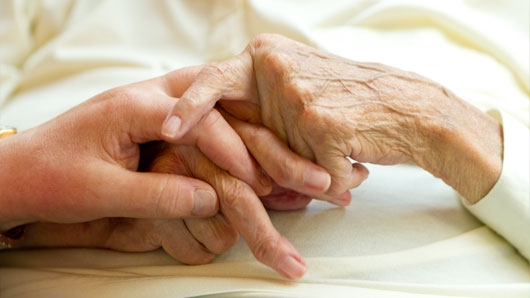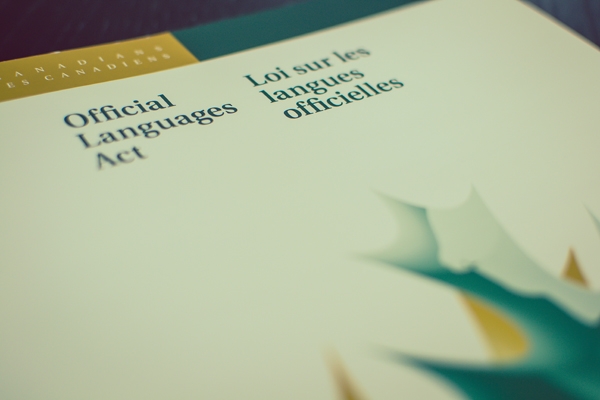
When is it Okay for Doctors to Let Someone Die?
By Dr. Charles J. Wright
The long overdue public, medical, legal and political debate on end-of-life care is now well underway in Canada. Medical journals and the general press are commenting regularly on the subject, the Canadian Medical Association is changing its ethics guidelines, Quebec has decriminalized assisted dying and the Supreme Court of Canada recently ruled that the law banning assisted suicide is unconstitutional (which means an assisted suicide law must be drafted by our legislators soon).
One of the most difficult and poorly understood issues in end-of-life care is the use of cardiopulmonary resuscitation (CPR). Surveys of the general public’s knowledge about the success rate of CPR reveal a wide gap between the perception and the reality. Two major factors are responsible for this misapprehension: public education by TV programs rather than by accurate medical information, and the fact that CPR has come into common hospital practice, even in very inappropriate circumstances. Let’s take a look at the facts.
The techniques used for CPR were developed 50 years ago to deal with the fatal abnormal heart rhythm with cessation of blood circulation, often caused by a major heart attack. The brain can only survive 3-4 minutes when there is no blood circulation so the only hope for survival is prompt application of chest compressions and artificial respiration.
If you had a severe heart attack like this while in hospital or passing the door of a hospital emergency department, you would have a 20% chance of survival. In all other situations, the success rate of CPR is very small and reaches zero in patients with terminal chronic disease. In spite of this reality, CPR has become usual practice in North American hospitals for all patients dying in hospital from whatever cause unless a specific doctor’s order – do not resuscitate (DNR) – is on the chart. If there is no DNR order hospital policies, written or unwritten, currently require nurses and doctors to respond to death (often called cardiac arrest) with CPR. This is an inexplicable development, based on no medical evidence of benefit.
The adverse effects, physical, mental and emotional, of CPR attempts are common and serious. Fractures of the sternum and ribs are a usual occurrence. If “successful” resuscitation does occur, the patient may suffer a variety of mental difficulties ranging from impaired brain function or changed personality, to serious permanent brain damage, regarded by most people as a fate worse than death.
For the family, CPR creates a chaotic scene in which they usually must leave the room just at the time they feel most need to be with their loved one. The nurses and doctors are sometimes very uncomfortable, feeling trapped into applying a therapy that they know is not in the patient’s best interest. This conflict between good professional judgment and current policy may cause what is called a “slow code,” where CPR is performed, but without enthusiasm, when it is known to be futile This is the invidious result of a policy that is as disrespectful to the care team as it is medically useless for the patient. This policy puts physicians in an absurd position, directing them to behave unethically by giving treatment that they know is both harmful and of no benefit.
Fortunately better communication with patients on these issues is now being emphasized throughout the medical profession so that an appropriate chart notation and better decisions about DNR decisions can be made. The need for people also to make advance directives (often called living wills) and to discuss them with family is greater than ever as medical technology advances, but there is a serious legal problem. You may have an advance directive signed in perfect health clearly stating your wishes, but if and when you become incompetent, current law in some provinces permits your next of kin or power of attorney to ignore it. Surely new legislation must recognize and prevent this potential abuse that most people would find offensive and unacceptable.
Patients and nurses may fear that a DNR order will mean that the patient does not receive all other aspects of appropriate care and attention from the health care team. There have been unfortunate examples of this in the past, but the growing emphasis on better end-of-life care includes ensuring that a no-CPR order has no effect on the full extent of care the patient receives in any aspects other than the acceptance of death if and when it occurs.
The attitudes, policies and practices surrounding the current misuse of cardiopulmonary resuscitation need open public, professional and legal education and debate. CPR was designed to help patients with very specific cardiac problems, not to attempt to deny and prevent death in all circumstances.
Charles J. Wright is an MD and consultant in medical and academic affairs, program planning and evaluation. He is an expert advisor with EvidenceNetwork.ca.









